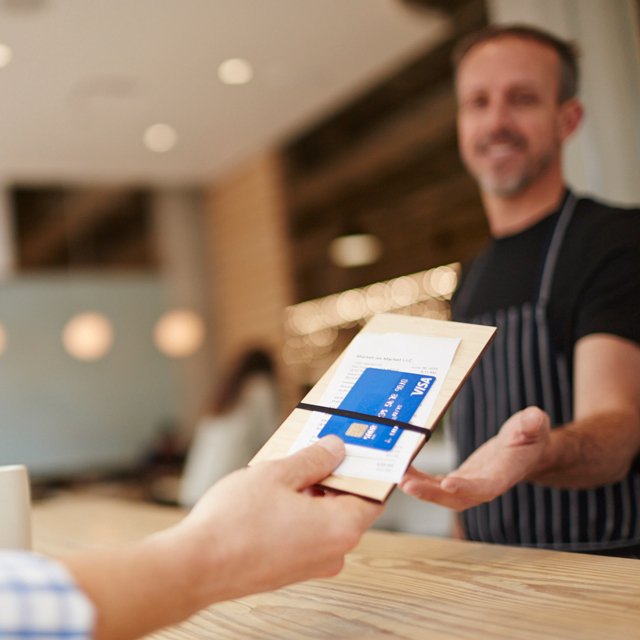Visa has updated the Transaction Acceptance Device Guide (TADG) and Visa Smart Debit/Credit and Visa payWave U.S. Acquirer Implementation Guide (AIG). Updated documents are provided below. Locate more information in the Visa Business News article issued on 11/22/2016, which references both a rule change (1.5.4.6: Selection of Payment System) and a prior Visa Business News article. All documents may be accessed at the links below:
Overview
- "Visa Issues Updated EMV Documentation Regarding Merchant Routing Choice Flexibility” Visa Business News, 22 November 2016
- "Visa Clarifies Existing Rules: Merchants Have Flexibility for How They Implement EMV Terminals” Visa Business News, 27 June 2016
- Transaction Acceptance Device Guide (TADG)
- Visa Smart Debit / Credit (VSDC) Contact and Contactless U.S. Acquirer Implementation Guide (USAIG)
- Visa rule section 1.5.4.6: Selection of Payment System - US Region
Every time a chip credit or debit card is used in-store at a chip-activated terminal, a unique one-time code is generated and used to approve the transaction—providing an additional layer of security. Quick Chip for EMV®¹ streamlines checkout to make secure chip card transactions faster and even more convenient. So you can have the confidence to pay and be paid around the world.
EMV®¹ is a registered trademark in the U.S. and other countries and an unregistered trademark elsewhere. The EMV trademark is owned by EMVCo, LLC.
Why Visa chip technology?

Preventing fraud from occurring
The unique one-time code generated every time chip cards are used at an in-store chip-activated terminal is extremely effective in reducing counterfeit fraud.

Protecting consumers from loss
All Visa transactions – chip and non-chip – are and will remain protected through Visa’s Zero Liability Policy.¹

Securing the future of payments
Visa chip technology paves the way for innovations like mobile commerce, helping ensure that future payments, wherever and however you chose to pay, are secure and convenient.
¹ Visa’s Zero Liability Policy does not apply to certain commercial card and anonymous prepaid card transactions or transactions not processed by Visa. Cardholders must use care in protecting their card and notify their issuing financial institution immediately of any unauthorized use. Contact your issuer for more detail.

